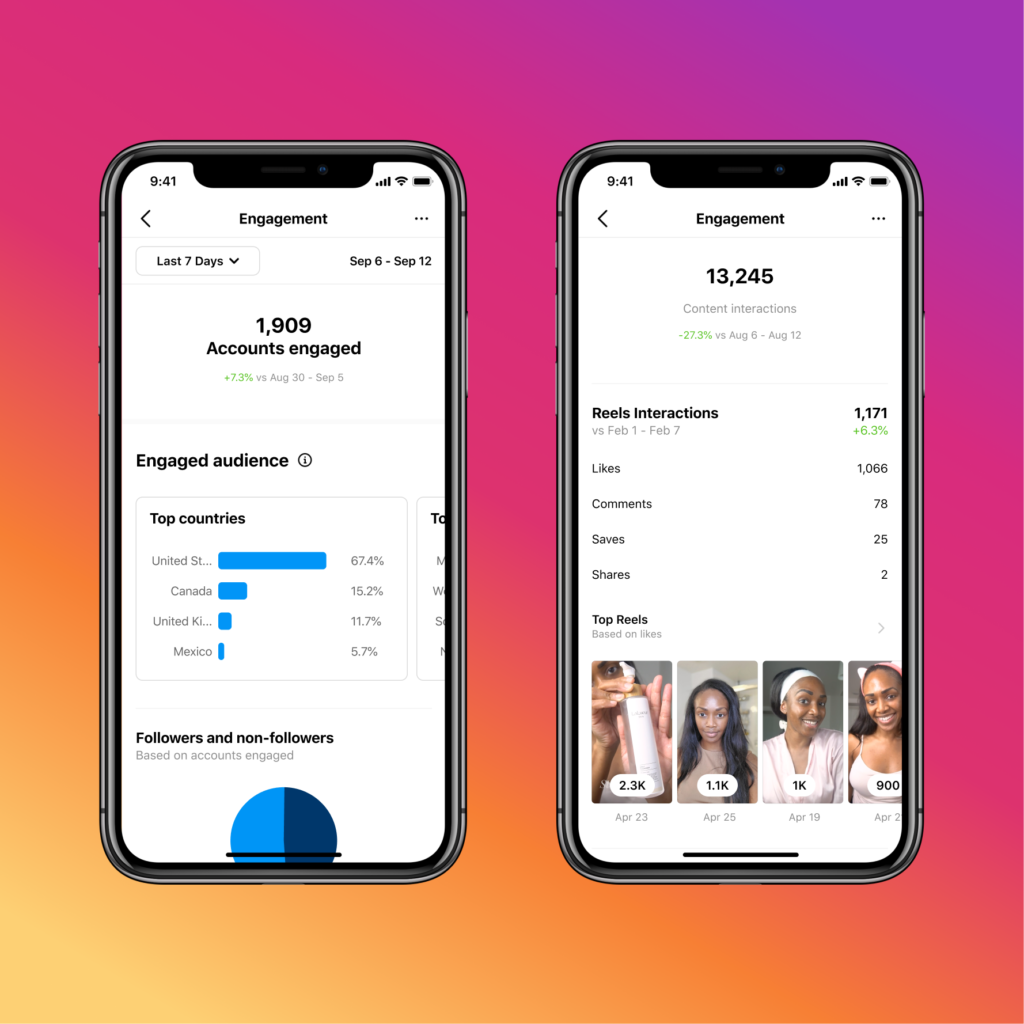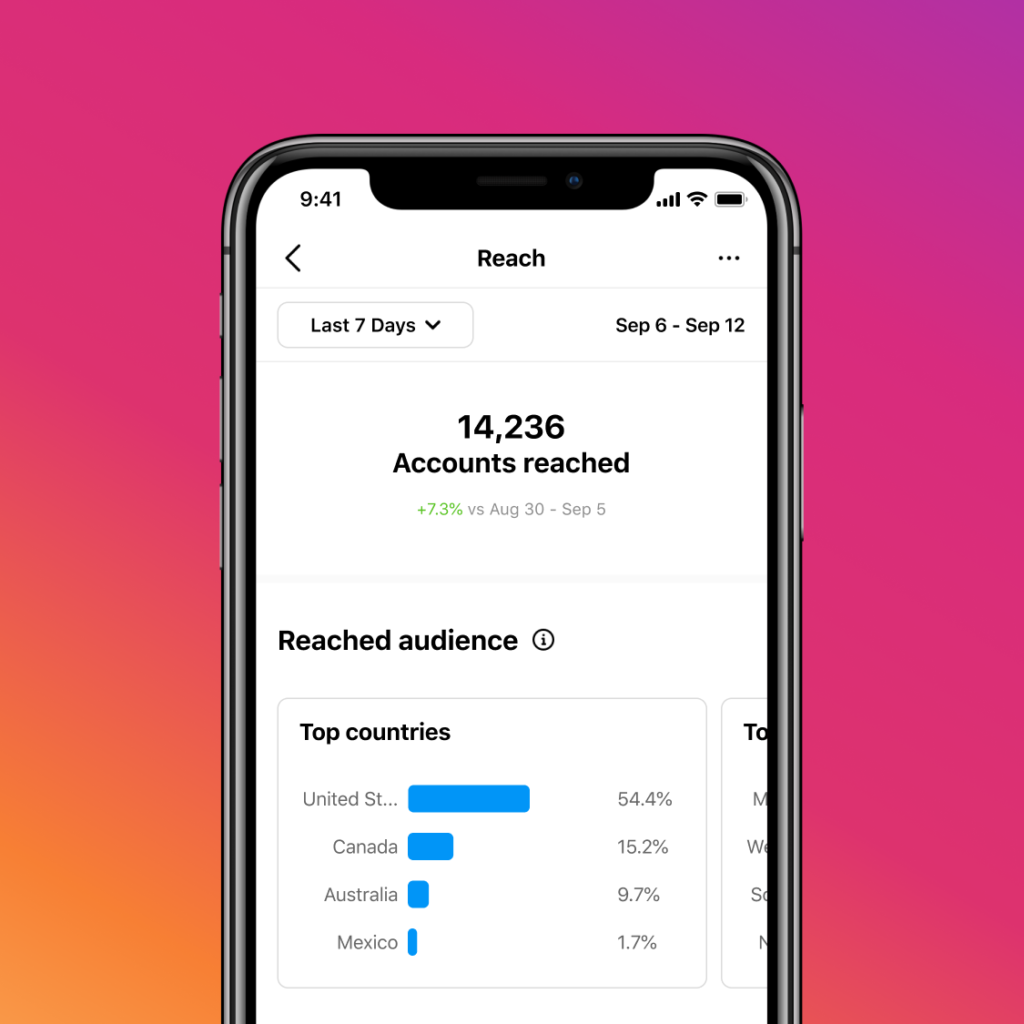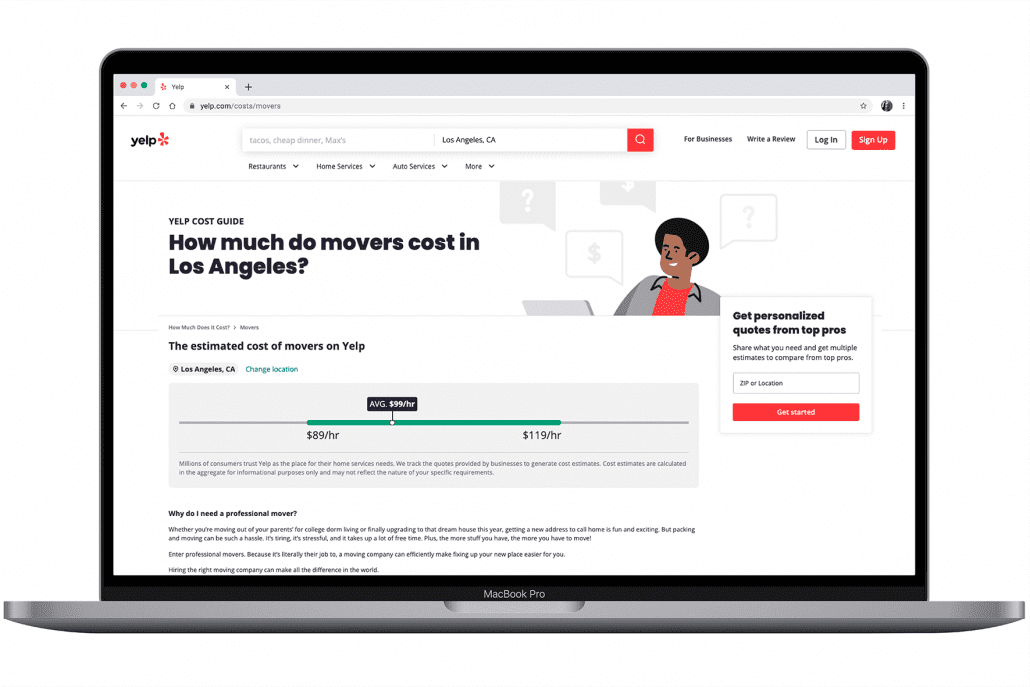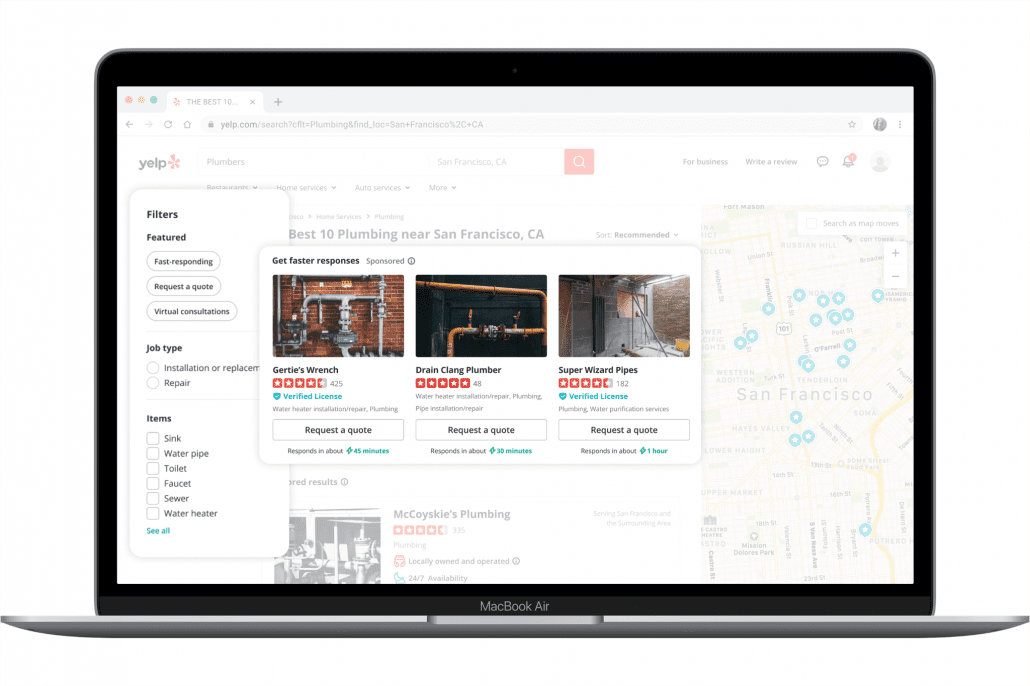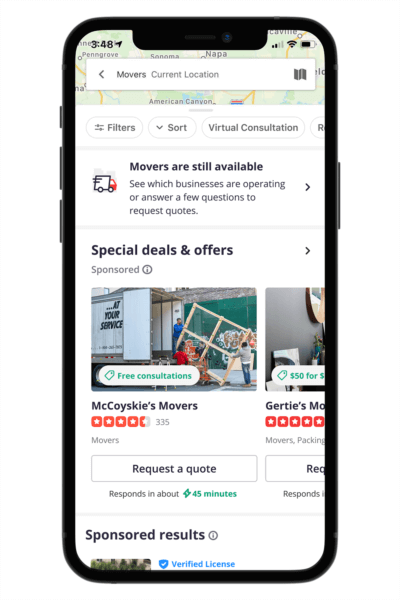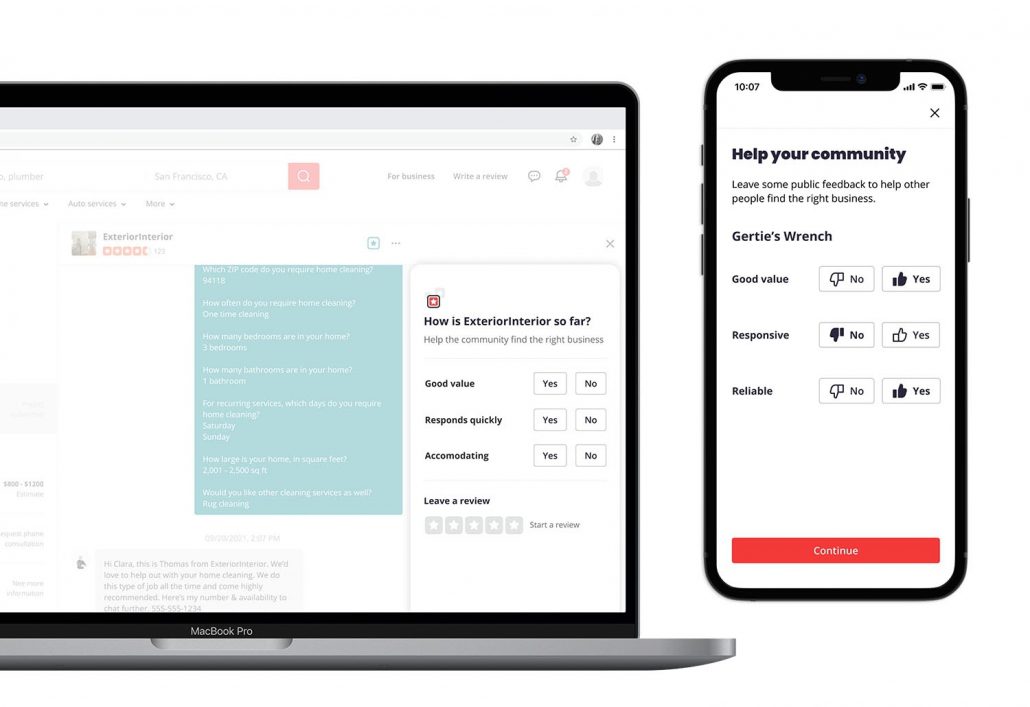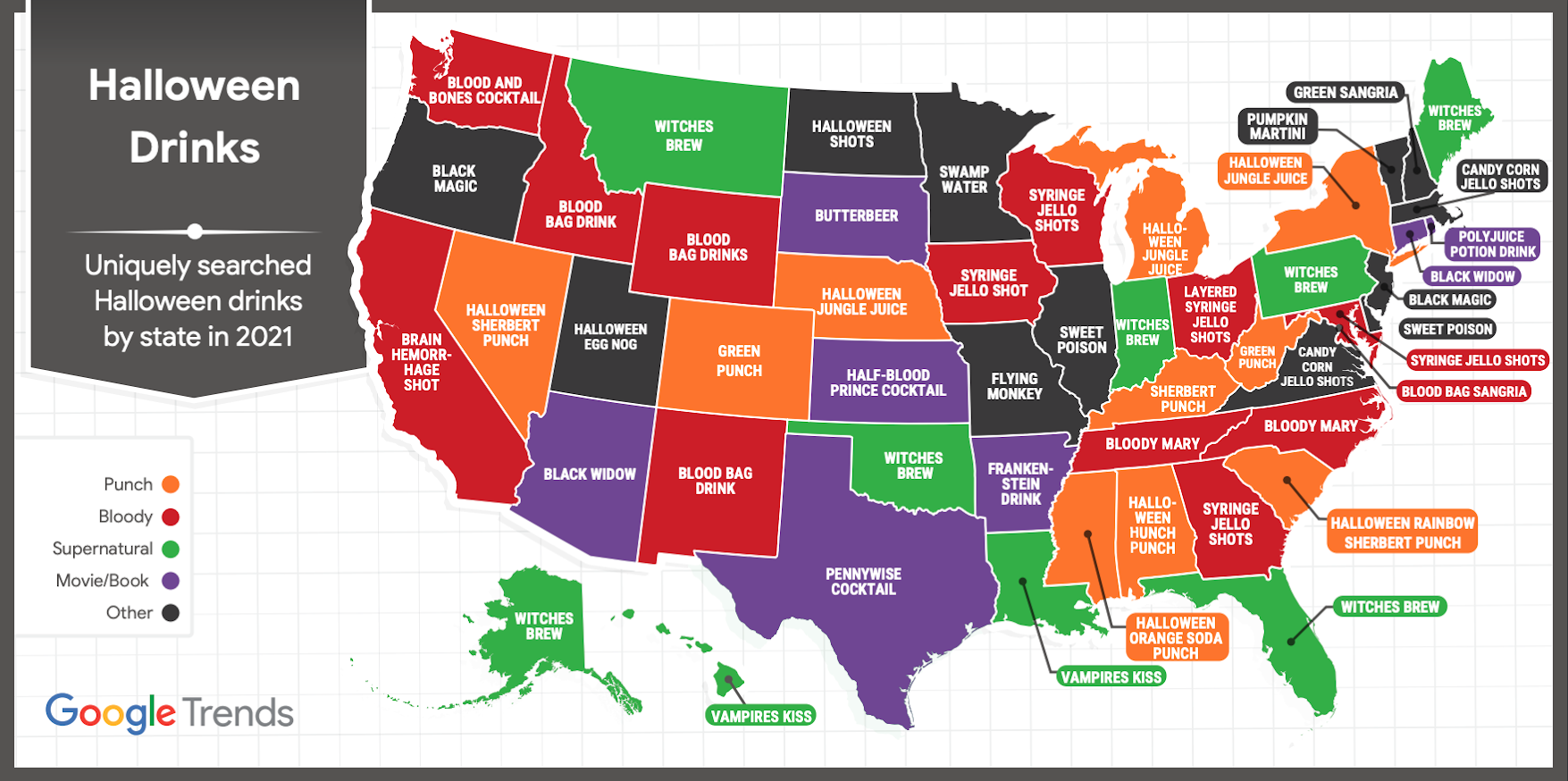Instagram is finally giving almost all accounts a new way to share links with their followers through Stories, after previously limiting the feature to verified or influential accounts.
Before now, the only way for most accounts to share links on Instagram was on their profile page. This made it difficult to use the platform to drive traffic to a website or online store. Often, brands were forced to resort to third-party tools to share links with their content, typically to lackluster results.
This all made Instagram a tricky prospect for brands considering marketing their products or services on the platform.
While this is bound to be a step in the right direction, Instagram is yet to allow links to be shared in feed posts – a common feature on most social networks.
Here’s how to start sharing links on your own stories.
Adding Links To Your Instagram Stories
Sharing links in your Instagram stories is still a fairly unique process. Rather than just copy and paste your link into a description, the platform is introducing “Story Stickers”. These function like any other sticker, except you can add a destination link that sends users to the desired page when tapped.
To add Story Stickers with links to your stories, follow these steps:
- Record or upload your story content
- Select the sticker tool from the bar at the top of the screen
- Select the “Link” sticker and add your desired link.
- Tap “Done”
- Customize and place your sticker.
Who Can’t Use This
Although this makes sharing links possible for a great number more users than before, there are still some restrictions. Specifically, Instagram notes that Story Stickers are not available to “brand new accounts.”
Presumably, this is intended to prevent spammers from creating fresh accounts to share low-quality or malicious links on the platform, though it is unclear exactly what constitutes a “brand new” account.
Additionally, the company says that accounts found to repeatedly post hate speech, misinformation, or other content that violates Instagram community guidelines will have access to link stickers revoked.
If you’d like to find out more about the new linkable Story Stickers, check out Instagram’s announcement here.

